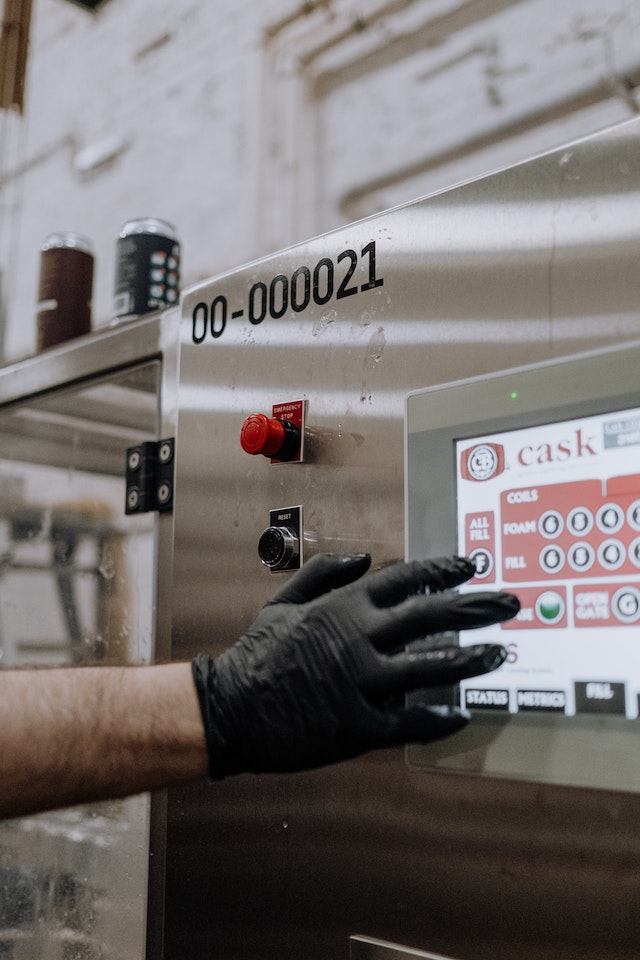
Molding is a basic manufacturing technique used to generate a broad variety of goods across many sectors. Molding processes are very important to mass manufacturing and the customization of various products, including plastic and metal components. This in-depth tutorial examines the fundamentals of manufacturing molding, including the various molding techniques, the materials utilized, and the main phases involved in the process. This article offers insightful information on the molding process that can be helpful to anybody, regardless of their level of experience in the manufacturing industry or interest in expanding their knowledge.
The Mold maker’s Handbook: An Introduction to Mold making
Understanding the Different Types of Molding
Understanding the different molding methods utilized in contemporary production is crucial. Knowing these methods allows producers to make educated choices. The most popular technique, injection molding, is great for mass-producing complex plastic parts. Rotational molding is an attractive option since it allows for more design freedom at a lower cost. However, blow molding is ideal for producing bottles and other containers with empty interiors. Die casting is still widely used for producing metal parts due to its high precision and productivity. Thermoforming is another method of note, and it can be used to make things like packaging and vehicle parts. Finally, compression molding shows its worth when working with composite materials that must be strong and lightweight. Understanding these various molding techniques allows producers to enhance their operations and the quality of their goods.
Essential Materials for Molding
It is very important to choose the correct materials for molding procedures to be effective. Specific materials that meet each kind of molding’s particular needs are required. Due to their adaptability and simplicity of processing, thermoplastics like polyethylene and polystyrene are popular candidates for injection molding. Compression molding works well with thermosetting polymers like epoxy and phenolic resins because they provide the best strength and durability. Polyethylene is ideal for rotational molding because of its good flow characteristics and inexpensive cost. PET is a polymer often used in blow molding to create recyclable, lightweight containers. Due to their remarkable casting qualities, non-ferrous metals like aluminum and zinc are frequently used in die-casting. Polypropylene and PVC are often used in thermoforming because they can mold complicated shapes. Understanding these fundamental components lays the road for flawless molding results, raising production methods to new heights.
The Key Steps in the Molding Process
The essential stages involved in molding are a crucial part of contemporary production. In the first step of preparation, the right molding technique and materials must be chosen while considering complexity, volume, and end-product requirements. Second, it’s important to consider the mold design, which includes elements like mold material, cooling channels, and ejection mechanisms. Utilizing CNC machining or other fabrication methods, the third phase creates the mold itself. The molding apparatus is set up when the mold is completed, and the material of choice is heated, injected, or poured into the mold cavity. Before moving on to the last manufacturing steps, the molded product is finally cooled, expelled from the mold, and subjected to quality tests. The basis for a successful molding process and for high-quality and consistent output is laid by mastering these essential phases.
Mold Design and Fabrication
This crucial stage entails designing a mold from scratch while considering material choice, component complexity, and manufacturing volume. The design procedure specifies the mold’s size, cooling channels, and ejection mechanisms to guarantee optimum performance and efficiency. Qualified specialists use CAD software to create precise and accurate mold designs. Following the completion of the design, the manufacturing of the mold begins utilizing various methods, such as CNC machining or 3D printing, to produce a high-quality and long-lasting mold. To complete molding procedures and produce high-quality goods, mold design, and fabrication must be mastered.
Quality Control and Defect Prevention
To guarantee that the finished goods, including molded foam, adhere to exact requirements and standards, manufacturers put strict quality control procedures in place. Through finding and fixing any possible flaws early on, routine inspections and testing are done at different phases, from selecting the material to the final product. Defects can be reduced or avoided by evaluating data and monitoring process parameters, resulting in consistent and dependable production. Adopting preventative measures, such as regular mold upkeep and operator training, also helps to avoid defects and provide top-notch products. Recognizing the value of quality control in molding ensures client happiness and enhances the manufacturing process’s reputation.
Conclusion
For precise and efficient product creation, molding must be mastered. Understanding molding processes, materials, and critical stages helps choose the right procedure and maximize efficiency. Mold design and fabrication ensure high-quality manufacturing, while strict quality control methods avoid faults and preserve product uniformity. Molding materials, technology, and methods are constantly improving. Manufacturers can excel in molding and satisfying global market expectations by remaining current on the newest advancements and best practices. Knowing the fundamentals will help producers create high-quality products effectively and stay competitive as technology advances in the molding business.
